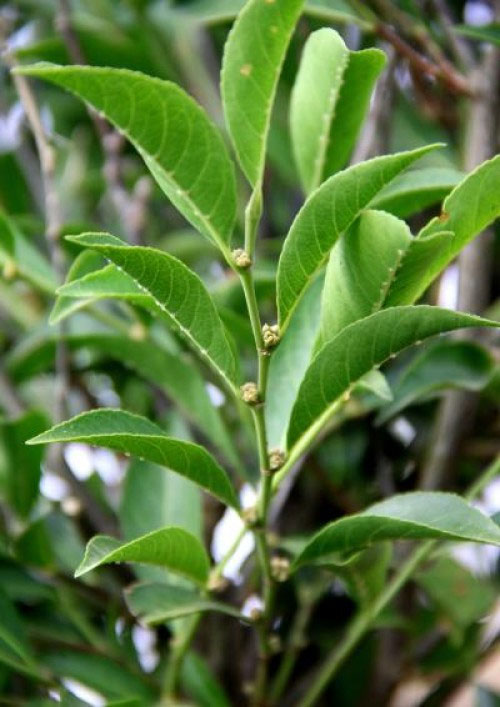Super nickel absorption plants discovered in the Philippines
Scientists at the University of the Philippines, Los Banos have discovered a new plant with an unusually unusual lifestyle - this plant eats nickel to live - accumulating up to 18,000 ppm nickel elements in leaves but the tree itself was not poisoned, said Professor Edwino Fernando, the lead author of the report on the plant. The volume of such nickel is hundreds to thousands of times larger than in most other plants. This study was presented on the open access to PhytoKeys magazine.
This new plant species is named Rinorea niccolifera , reflecting its nickel absorption capacity with very large volumes. Nickel hyperaccumulation (Nickel hyperaccumulation) is a rare phenomenon only in about 0.5 to 1% of plant species originating from nickel-rich lands being recorded to show this ability. Around the world only about 450 species are known to have this strange characteristic, still a very small proportion of about 300,000 vascular plant species.

Rinorea niccolifera tree
The new plant, according to Dr. Marilyn Quimado, one of the leading scientists in the research group, was discovered in a part of the western island of Luzon in the Philippines, the soil in this area was known to be very Rich in heavy metals.
'Super absorbing plants have great abilities to develop green technologies' , such as "phytoremediation" (using plants to remove organic pollutants such as pesticides, polymeric compound . and inorganic out of the polluted environment) and "phytomining" (techniques to use plants to extract precious metals from soil), Dr. Augustine Doronila of the School of Chemistry and University Melbourne, who is also the co-author of this report, added.
Phytoremediation represents the use of super absorbing plants to remove heavy metals from contaminated soil. Phytomining, on the other hand, is the use of super absorbing plants for transplanting and harvesting to recover commercially valuable metals in plant shoots at metal-rich sites.
Experimental and laboratory studies of the aforementioned scientists are part of a research project funded by the Department of Science and Technology - Community Industry, Energy, Research and Development. developing technology of the Philippines (DOST-PCIEERD).
- Hundreds of new species were discovered in the Philippines
- Trees bleed ... metal?
- Super typhoon Nanmadol swept through the Philippines
- Successfully developed compounds that absorb CO2 faster than trees
- Detecting new carnivorous plants
- Philippines copes with new super typhoon
- Photo: Super typhoon Yutu caused heavy damage when landing in the Philippines
- Stunned with plants possessing 'super powers'
- The work of creating 'super trees' supports human life
- Super typhoon Koppu landed in the Philippines causing landslides
- The rare 'super bonsai' silver billions in Vietnam
- The idea of super-plants is awarded the
 Why do potatoes have eyes?
Why do potatoes have eyes? 'Tragedy' the world's largest carnivorous life: Death becomes ... public toilet
'Tragedy' the world's largest carnivorous life: Death becomes ... public toilet Tomatoes were once considered 'poisonous' for 200 years
Tomatoes were once considered 'poisonous' for 200 years Detecting microscopic parasites on human face
Detecting microscopic parasites on human face